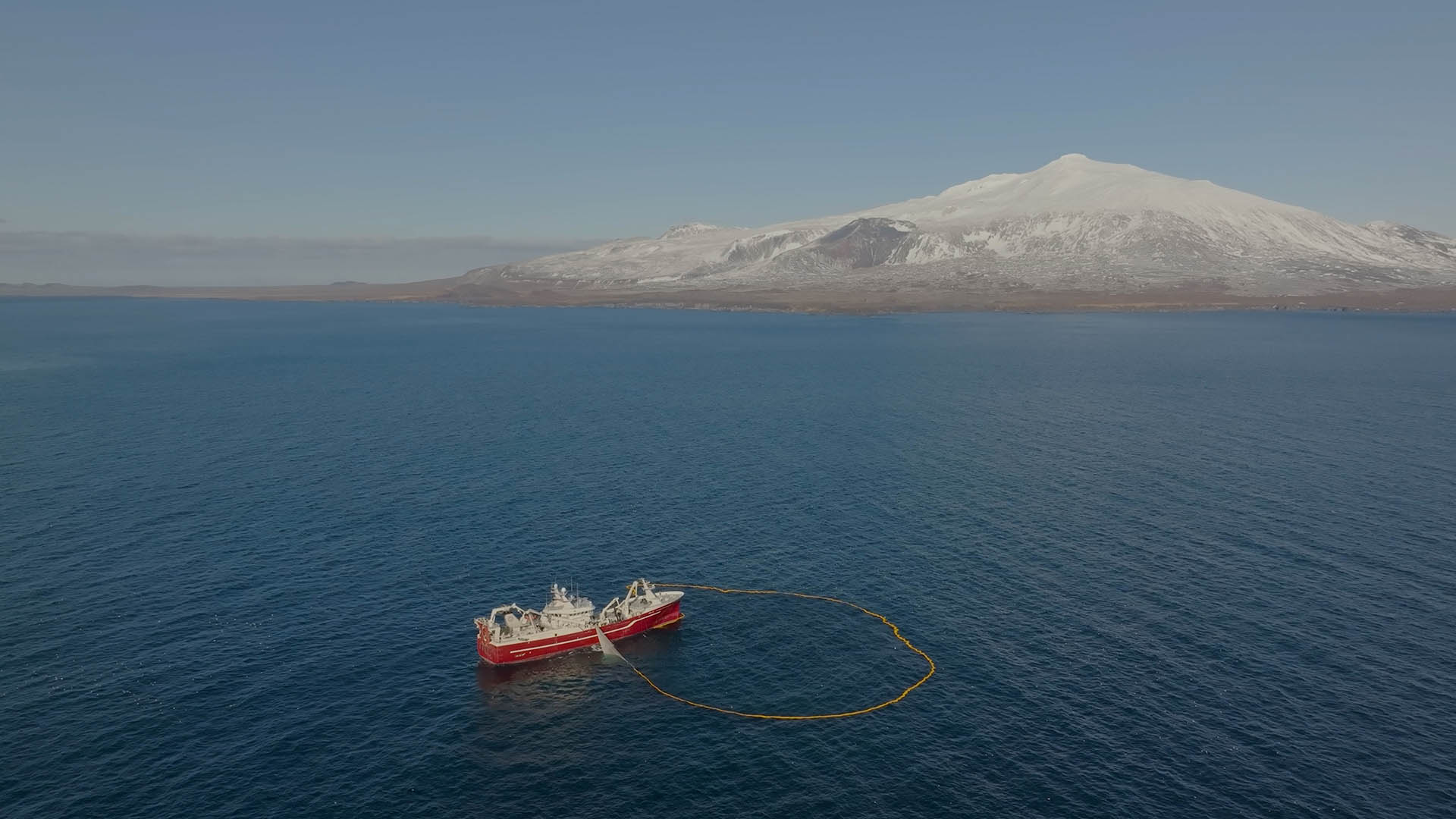“The ocean generates 50 percent of the oxygen we need, absorbs 30 percent of all carbon dioxide emissions and captures 90 percent of the excess heat generated by these emissions,” states the United Nations.
Stretching from icy Labrador to the warm waters of the Gulf Stream, the Atlantic Ocean is a productive and complex marine ecosystem sustaining coastal communities and seafood industries throughout North America. Home to species like swordfish, yellowfin and albacore tuna, haddock, redfish, and Atlantic halibut that feed millions of people.
The MSC works with fisheries, scientists and industry to make sure our oceans are fished sustainably and it’s easy to find and buy certified sustainable seafood. And behind every bite of sustainably sourced seafood from the Atlantic is a story of tradition, innovation, and extraordinary resilience.
Fishing Gear Myth Debunked
One common misconception about sustainable fishing is that only specific gear types are sustainable. Almost every gear type can be sustainable if the fishery is effectively managed to reduce harm to the ocean and support the health and longevity of marine life.
On Canada’s east coast, the Northwest Atlantic Harpoon Fishery and Northwest Atlantic Longline Swordfish Fishery are making waves in sustainable fishing. These fisheries use not one but five different gear types. Their gear type mix has been tailored to the needs of their specific fishery and sustainability goals.
• Harpoon fishing, a centuries-old method, involves no bycatch at all—only skill, patience, and sharp eyes.
• Pelagic longlines use special hooks and bait to avoid catching turtles and sharks.
• Rod and reel is also a highly selective commercial technique.
• Buoy gear uses two or more buoys on a mainline with a maximum of three hooks and tracks gear position in real-time.
• Trolling lures fast-swimming tuna with baited lines to avoid unwanted species entirely.
Each technique tells a story—not just of how fish are caught, but of how fishers, scientists, and stakeholders are working together to protect the health of the Atlantic Ocean.
Tradition Meets Technology
Innovation doesn’t always mean abandoning the old ways. In fact, some of the most sustainable fishing methods today, like harpooning, have been used for generations. But in this fishery, they work in concert with cutting-edge longline buoys along the mainline enabling gear tracking, improved hook designs, and data-driven stock assessments.
The result? A model fishery where gear is carefully matched to species, season, and sustainability goals.
What You Can Do
The message is simple: When we care about how our fish are caught, we help preserve the Atlantic’s marine life, biodiversity, and its ability to feed generations to come.
When you make the switch to sustainable seafood with the MSC blue fish label, you are directly supporting fishers like those who sustainably catch swordfish in the Northwest Atlantic.



